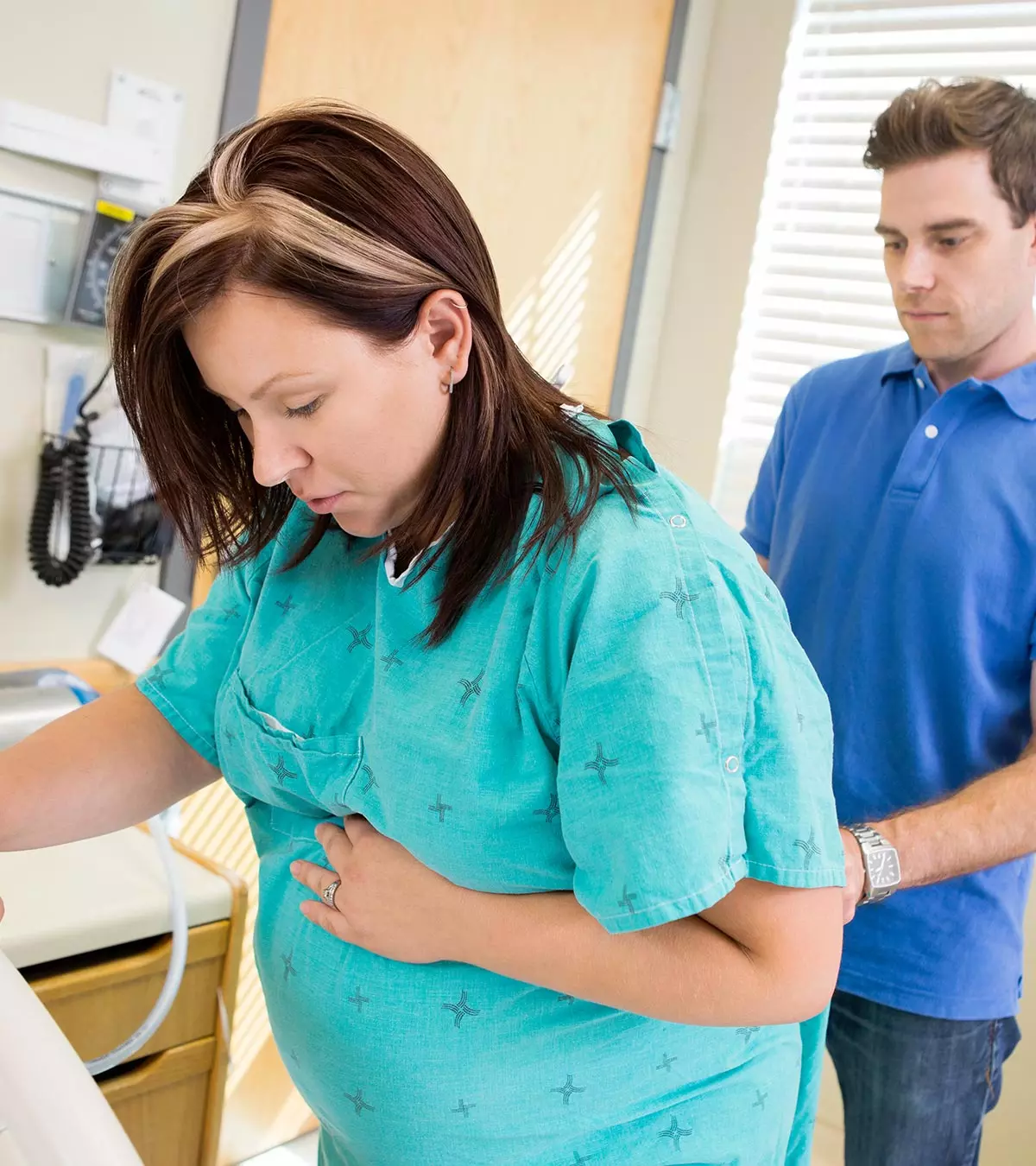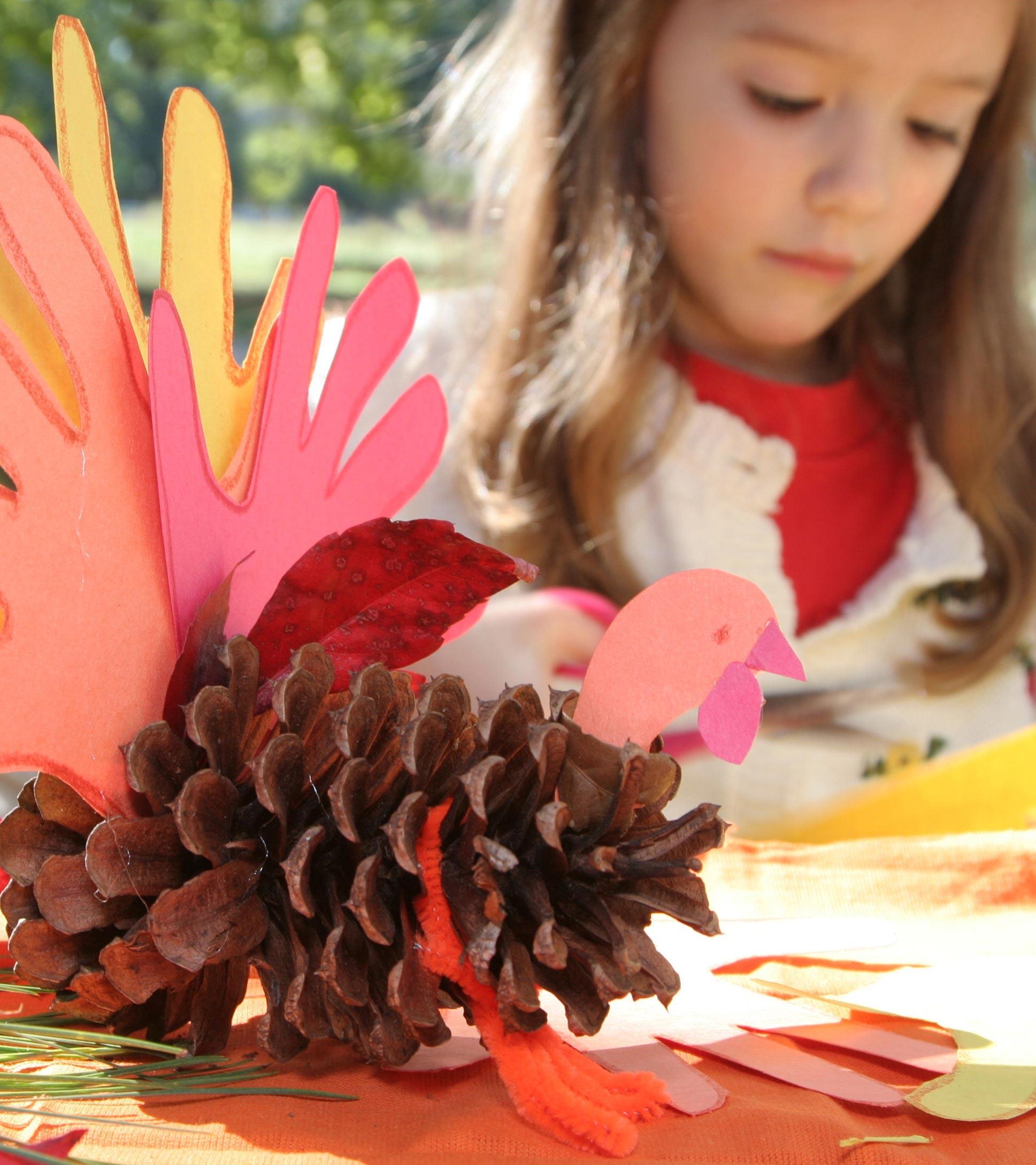
Image: Shutterstock
The term “back labor” refers to a sharp pain in the lower back at the onset or during childbirth. Labor pain is commonly felt in the abdominal area due to uterine contractions. However, intense back pain toward the end of your gestation period may also indicate labor onset (1).
In this post, we discuss the various causes of back labor and suggest how to deal with this painful condition. We also address some frequently asked questions about back labor, such as whether it affects the fetus and how it is different from regular back pain.
What Is Back Labor?
The intense pain felt in the lower back during the labor is known as back labor. It can be felt during and in between the contractions and occurs when the backside of the baby’s head presses to your lower back.
There could be several other reasons for back labor. Therefore, make sure to go to the hospital if you start feeling strong and frequent pain in your lower back (1) (2):
What Are The Reasons For Back Labor?
The back labor can occur due to different reasons. A few of them are listed below (2) (3):
- The position of the baby: As shown in the below image, the optimal position of the baby inside the womb during labor is occiput anterior, wherein the baby’s head is down facing your back.

Image: Shutterstock
However, if the baby is in occiput posterior (OP), wherein the head of the baby is down but facing your stomach, then the back of your baby’s head puts pressure on the sacrum. This causes intense back pain, which gets more painful with the contractions.
- Overweight: Overweight or obesity may have its bearing on the lower back. A sedentary lifestyle during pregnancy, coupled with overweight, can make the matters worse.
- Scoliosis: A sideways curvature of the mother’s spine can lead to pain in the lower back in labor.

Image: Shutterstock
- Back injury or a sway back position: Any back injury before pregnancy can make you have intense back pain during labor. Moreover, a sway back position, where your lower back curves inward, stressing the pelvis, can lead to back labor.

Image: Shutterstock
- If you have had back pain during the menstrual cycle or gone through episodes of lower back pain before pregnancy, then there is an increased chance of back labor.
- If you have a habit of standing with your knees locked and butt tucked, then it puts pressure on your back and can be a reason for back labor.
How To Get Relief From Back Labor?
You can get relief from back labor by the combination of the below:
- Techniques that change the fetal position.
- Ways that provide some comfort.
5 Techniques To Change Fetal Position And Get Relief From Back Labor
Some exercises help improve the position of the baby and alleviate the pain from back labor, thus reducing labor difficulties (1) (2).

Image: Shutterstock/iStock
- Squatting during the first and second stage of labor will help fetal rotation and facilitates opening up of the pelvic outlet.
- Sitting on a birth ball aids in swaying your pelvic region to facilitate the downward push.
- Pelvic tilts involve various hip movements such as rocking and swaying that help move the baby towards the birth canal.
- Balance yourself on your hands and knees over a plain surface like a bed or floor. This posture improves the fetal movements so that your baby can get accurately positioned for birthing.
- Stand by resting one foot on a firm chair. As you lunge towards the chair, the area between the hips gets opened and you feel the stretch. This openness creates room for the baby to rotate.
- If the baby is angled abnormally, then an abdominal lift with the help of your partner or a midwife can assist in changing the position of the baby.
- Miles circuit is another technique to help improve the position of your baby
Step 1:
You need to place yourself in a cow position on all your fours and rest your head and chest on the floor for 30 minutes. This creates space for the baby to move.
Step 2: Now, sleep to your left in a bed, and bring your right leg up as much as possible to touch your head, while the left leg remains straight. Roll down so that the stomach touches the bed. Stay like that for 30 minutes as it helps the baby rotate to an optimal position.
Step 3: Follow up with curb walking or climbing the stairs sideways to open up the pelvis.
5 Measures To Relieve Pain In Back Labor
Here are some ways to get comfort from back labor (1) (2):
- Hot/ cold compresses on your lower back.
- Hydrotherapy, including a hot water bath in the shower or sitting in a warm birth pool.
- An oil massage done by a trained practitioner or using a vibrator tool.
- Sterile water injections (SWI) injected at four places in your lower back. This interrupts the nerve signals for pain from reaching the brain. Around 0.01ml of sterile water is injected under the skin and its effect can last up to two hours.
- Epidural works by numbing you from belly to bottom and thus provides relief from the pain.
- Putting rolling pressure on the lower back with the help of hard items such as a tennis ball or trim roller can help reduce the pain.
- Applying strong counter pressure on the back gives relief from back pain. There are two types of counter pressures:
i. Double hip squeeze is a counter pressure method wherein your partner can gently squeeze your hips in and pull gently out.
ii. For sacral pressure, your partner can place his palms on the sacrum (a bone between the two hip bones in pelvic region) and gently press inward. This aids in relieving pain.
Note: During labor, a supine position can make back labor more intense. Therefore, lie down in a side tilt position to feel comfortable.
The intense pain of back labor that occurs between contractions is usually caused due to the position or weight of the baby, any back injury before pregnancy, and several other reasons. The difficulties caused due to back labor may be alleviated by squatting, pelvic tilts, or sitting on a birthing ball. You may also use a hot or cold compress, hydrotherapy, and oil massage to provide comfort during back labor. Remember that dealing with labor may be challenging, but using the right techniques will help make the pain bearable.
Frequently Asked Questions
1. Does back labor pose any danger to my baby?
Back labor is painful but doesn’t pose any risk to your baby during delivery. In some cases, babies in the posterior position can intensify back labor and make it more painful and longer, which calls for a C-section.
2. How is back pain different from back labor?
Back pain is caused due to the hormonal changes that cause the ligaments and joints in the pelvic area to loosen as a part of preparation for childbirth. However, back labor is an intense pain that is usually felt in the lower back during or between the contractions due to the pressure exerted by the baby’s head at your lower back.
References
Community Experiences
Join the conversation and become a part of our nurturing community! Share your stories, experiences, and insights to connect with fellow parents.
Read full bio of Dr. Suman Lal
Read full bio of shreeja pillai















